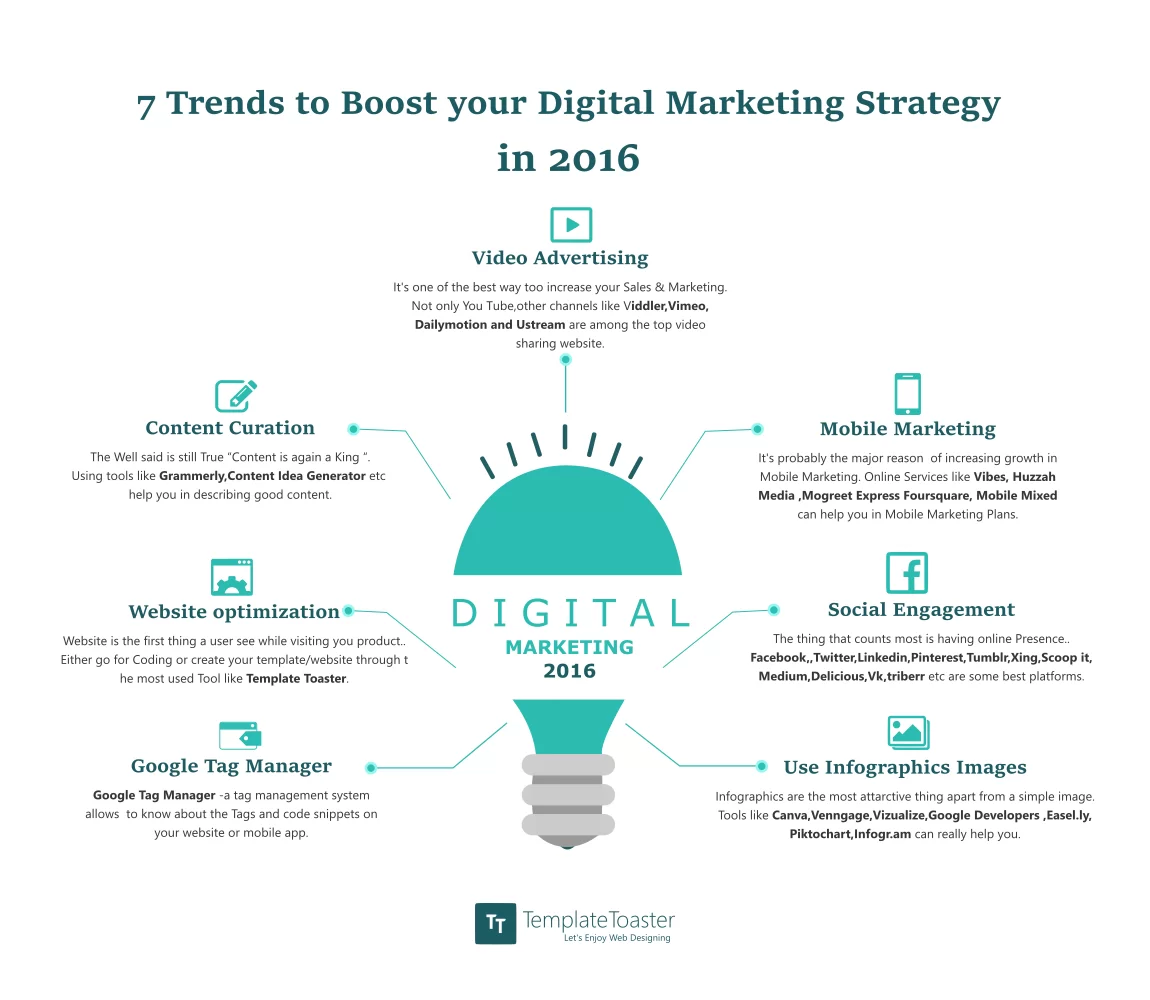Local SEO Vs. Typical Seo: Comprehending The Differences
Local SEO Vs. Typical Seo: Comprehending The Differences
Blog Article
Content Author-Perkins Dobson
In Local search engine optimization, focus on attracting neighboring customers utilizing certain location approaches. Declare your Google My Business providing for presence. For Read the Full Posting , objective to get to a more comprehensive target market globally through key phrases and web links. Local SEO targets a details geographical area, while Standard SEO targets a broader scope. Understand your target market demographics by producing detailed purchaser identities for tailored messages. Display different metrics like web traffic, positions, and conversions to gauge success. Learn more about maximizing your online presence and attracting the right customers based upon your distinct business requirements.
Key Distinctions in Strategy
When diving into the realm of search engine optimization, recognizing the essential differences in technique between local SEO and standard search engine optimization is vital for enhancing your online presence properly. Neighborhood SEO focuses on optimizing your site to attract more service from appropriate regional searches. It includes techniques like creating location-specific pages, declaring your Google My Organization listing, and getting evaluations from local consumers.
Conventional search engine optimization, on the other hand, is broader in scope and aims to enhance your website's exposure on a worldwide scale. This sort of SEO involves methods such as keyword study, content optimization, and web link building to increase your site's positions in online search engine results web pages.
In local SEO, the focus gets on targeting a details geographical location to drive foot website traffic to physical stores or service locations. Conventional search engine optimization, nonetheless, targets a broader target market regardless of location. Understanding these distinctions will help you tailor your search engine optimization approaches to reach your target audience better.
Targeting Target Market Demographics
To properly target audience demographics, evaluate your client data to recognize their choices and actions. This will help you tailor your advertising and marketing approaches to much better get to and involve with your target market.
Below are some tips to help you successfully target audience demographics:
- ** Produce Buyer Personas: ** Establish in-depth profiles of your optimal customers based on variables like age, sex, place, interests, and buying behaviors.
- ** Make Use Of Demographic Information: ** Use tools like Google Analytics to gather market details concerning your site site visitors, such as age, sex, and rate of interests.
- ** https://docs.google.com/forms/d/e/1FAIpQLScc9t5XsdSh_hmSx-Np_ikYV9P9uOazstAC2hd3W-qamrrdqw/viewform : ** Split your audience into different segments based on demographics to supply more individualized and targeted advertising messages.
- ** Test and Fine-tune: ** Continually check the performance of your campaigns, assess the information, and make adjustments to better satisfy the demographics that are most responsive to your efforts.
Gauging Success Metrics
To evaluate the effectiveness of your advertising techniques in targeting specific audience demographics, evaluating key success metrics is essential in recognizing the effect and importance of your efforts. By measuring success metrics, you can establish the efficiency of your search engine optimization projects and make data-driven decisions to optimize your methods better.
One crucial metric to track is organic traffic, which shows the number of site visitors involving your internet site with online search engine outcomes. Checking keyword positions is one more important aspect as it demonstrates how well your web site is placed in search results page for targeted keywords.
Additionally, evaluating conversion rates aids in analyzing how efficiently your internet site is turning site visitors right into clients. Tracking customer interaction metrics such as bounce rate, time on website, and pages per session gives understandings into exactly how individuals interact with your site.
Conclusion
Just like the paths leading to different destinations, local search engine optimization and typical search engine optimization might split in strategy, but they both result in the very same destination: success.
By recognizing the distinctions in between the two, you can navigate the digital landscape with function and accuracy.
Keep in mind, whether you select the road less traveled or the well-worn path, the trick is to keep progressing in the direction of your objectives.
